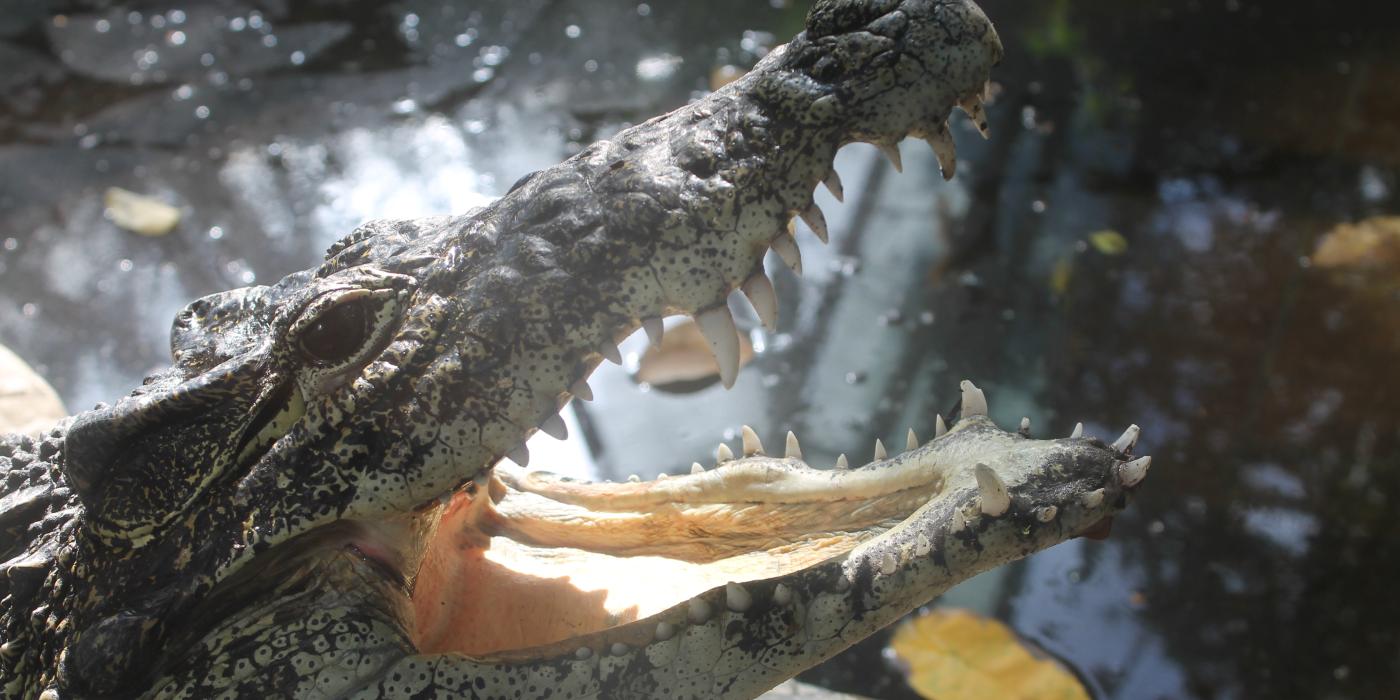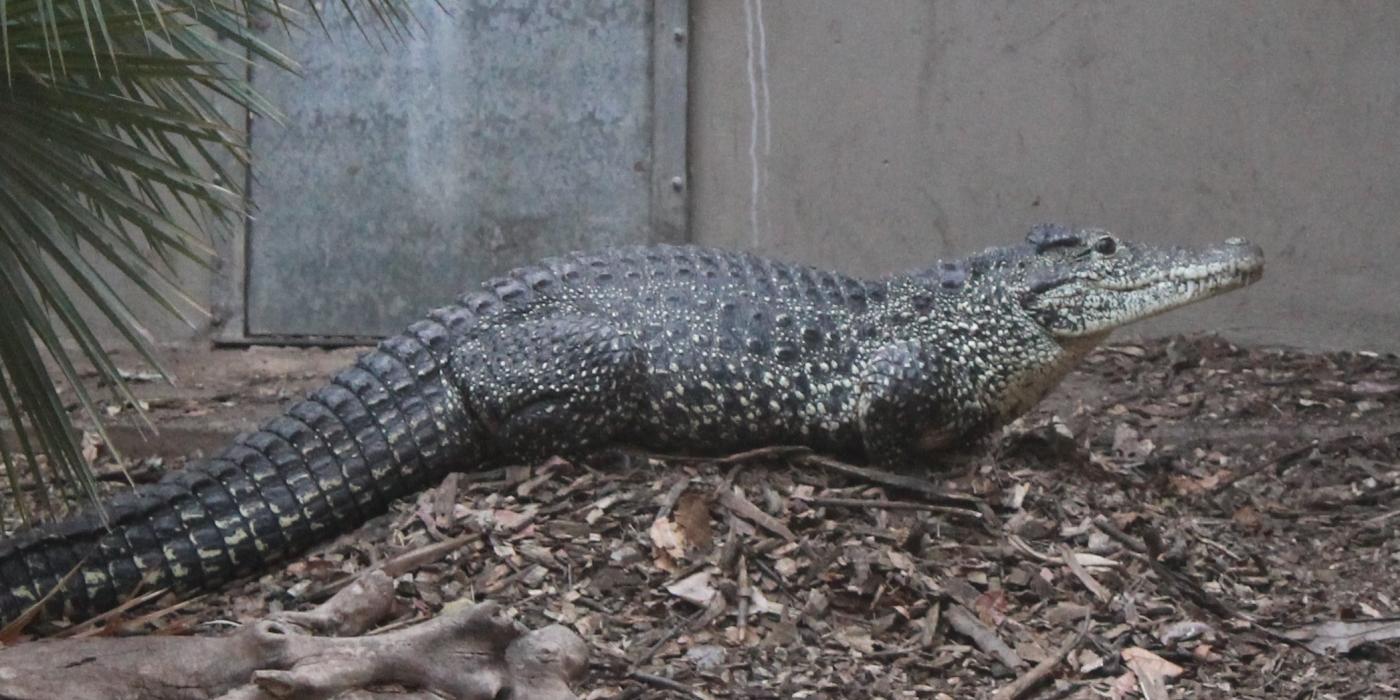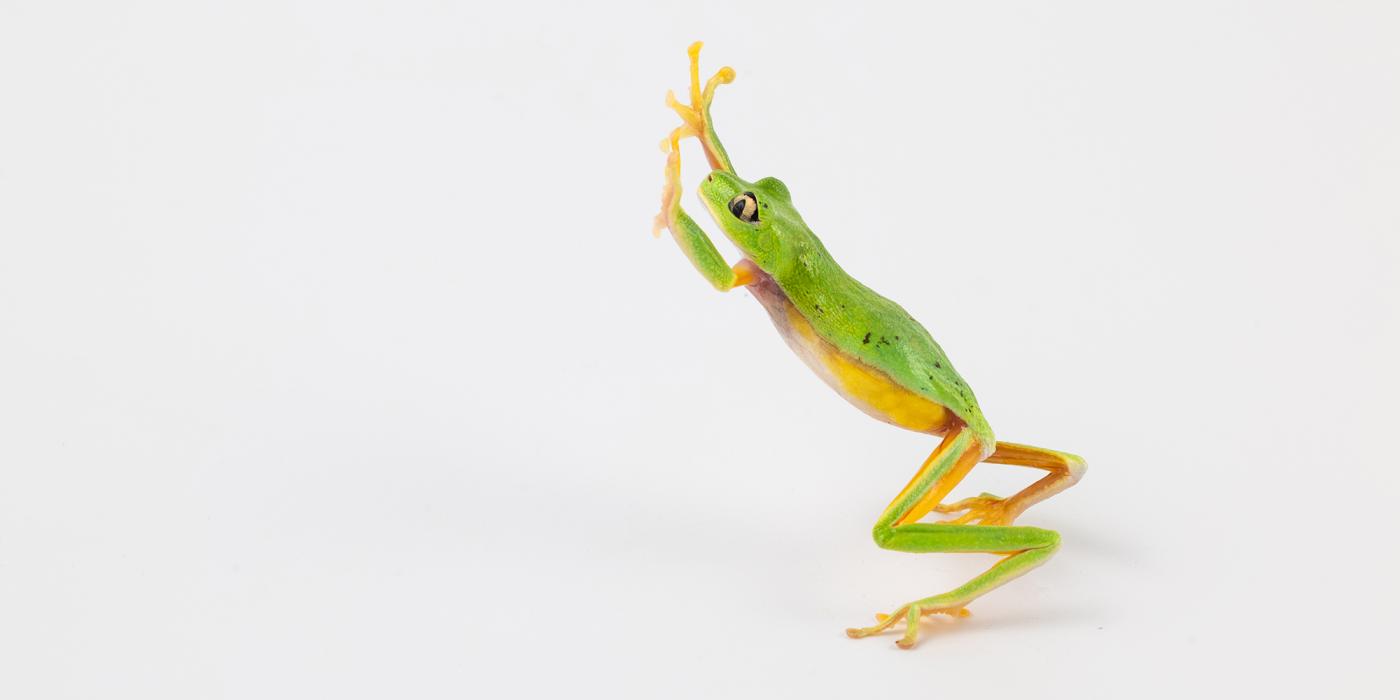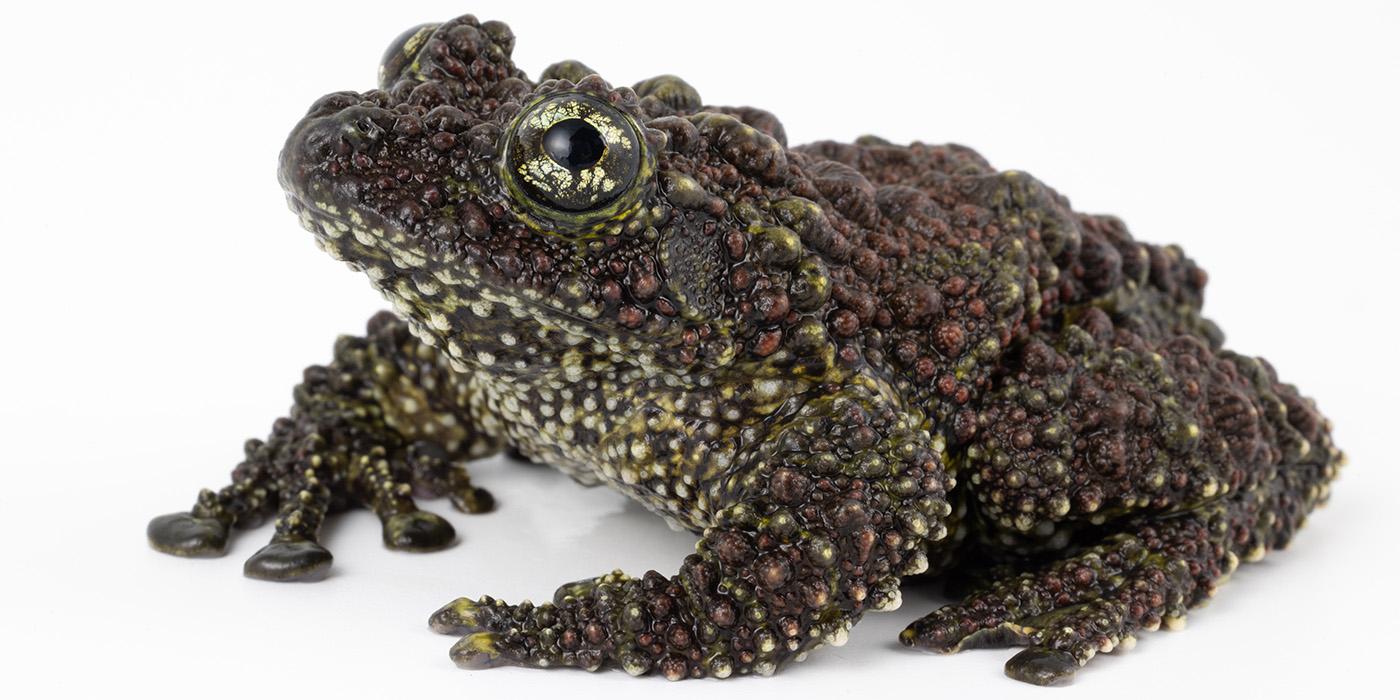Croc Blog: Social Behavior, Reproduction and Play
The Smithsonian's National Zoo is well known for advancing conservation science. Keepers at the Reptile Discovery Center, including animal keeper Lauren Augustine, are upholding that proud tradition with ground-breaking research on social behavior, reproduction and play in a species not typically associated with any of those words: a crocodile.
Research on crocodiles and alligators in the wild is often difficult and dangerous. Consequently, much of what scientists know about crocodilian behavior and biology comes form animals in human care. A majority of that research, though, has focused on only a handful of the 23 existing species of crocodilians: predominantly the American alligator, American crocodile and the saltwater crocodile.
The Zoo is fortunate to have several species of crocodilians, including the Cuban crocodile—a critically endangered species native (as its name suggests) solely to Cuba. And, it's a species on which very little social and behavioral research has been done.
Augustine’s research began as a way to track the reproductive cycles of the Zoo’s three female Cuban crocodiles, but has since expanded to include social interactions, dominance behavior and even play behavior. This research has recently been published in recent scientific papers, including one this year in the Herpetological Review.
Alligators and crocodiles aren’t animals that people typically think of as having much of a social life. How much research has been done on them?
They’re hard to study in the wild, so a lot of behavioral research on alligators and crocodilians has been in human care. Primarily on species like American crocs, saltwater crocs and American alligators. There is some documentation of courtship behavior in the wild, and there’s been extensive research done on American alligators. Nine species out of the 23 have had at least some research on some kind of social behavior, but there’s a lot still to learn. Ours is some of the very first social research on Cuban crocs.
How did your research on the Cuban crocodiles start?
I started by tracking their fertility. I was curious to see if I could use their behavior to predict their reproductive output. We could see some differences—two of the females built mound nests, one digs a hole nest and developmental rates within the eggs varied—so we wanted to see if there was something going on socially or dominance-wise to dictate those differences.
How did you conduct the research?
We had an intern come and watch them all day for all of the breeding and nesting season. We got some really cool and interesting results. Reptiles have different communication channels than humans do, so it can be hard for us to study them—we want to interpret their behavior like we would human behavior—but make sure we didn’t miss any signals. Crocodilians are behaviorally complex and their interactions are long and drawn out. It’s important to watch them continuously, and for as long as possible to capture the entire interaction
What did you find determines differences in behavior in Cuban crocs?
It’s not personality; it has to do with dominance. In crocodiles, especially, dominance is determined by size, and that plays a huge role in their behavior. Our oldest crocodile is Dorothy, and while she seems laid back, she is definitely dominant. When she approaches our younger female Blanche, Blanche lifts her snout. This is a typical response of a smaller crocodilian to a larger individual. It is often referred to as an appeasement behavior.
One of your papers documented play behavior in the Cuban crocodile. Is that unusual?
It was the oddest thing. I was trying to look at different ways to train the crocodiles; I wanted to train them to go to an individual station—a specific spot that they know is “theirs” where they stand when cued. That would allow us to get better looks at them for vet care, and potentially train them for blood draws and do more interesting research—such as testing for whether or not they can see color.
So I put out three cement blocks: one white, one gray, and one black for them to use as stations. And every morning the black block would be in the pool. Every day I’d put it back, change its position in the exhibit and the next day it’d be in the pool again. We don’t know why the black one; we couldn’t find any significant weight or temperature differences; it was just something about the black block.
We never saw the blocks move, until finally one day we came in and caught the male with the black block in his mouth. He was using it to sink his head to the bottom of the pool, and blowing bubbles around it—classic examples of object-based play behavior, which was one of the first times play had been documented in a Cuban crocodile.
What is unique about the Smithsonian’s National Zoo that allows you to conduct this research?
We are so fortunate to have a large sample size of Cuban crocodiles (three females and two males) which permits us to document novel behavior. Especially in a species that’s so difficult to study in the field. We can really add to the knowledge of their natural history, as well as figure out the ideal way to care for them in zoos and conservation centers.
Related Species:




